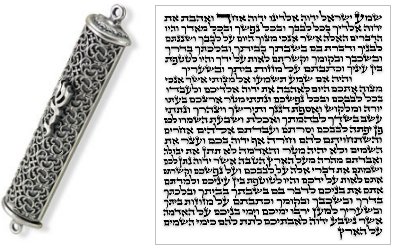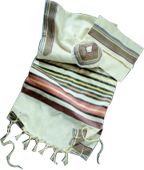Aryeh Kaplan on Shema Yisroel
"The Shema is addressing the Israel in each of us"

 |
The Complete Shema
| The Shema is actually more than just the famous six words Shema Yisrael, Adonai eloheinu, Adonai echad, but is composed of three parts linked together into a unity: |
|





No comments:
Post a Comment